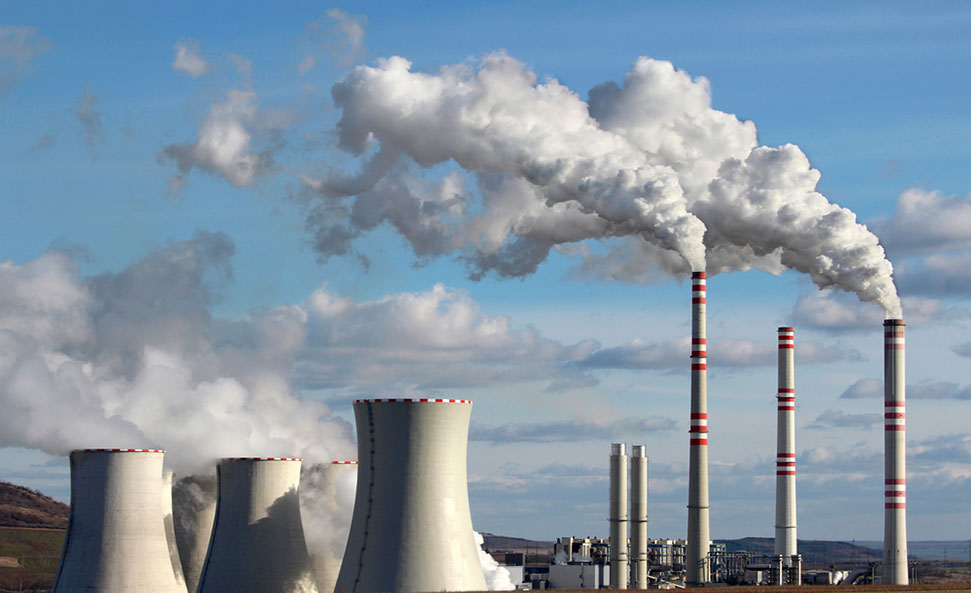FINANCIAL POST COLUMN: Lots To Do With CO2
Many entrepreneurs consider greenhouse gases resources that can be used to make useful products.

Consider the dire environmental emergency the world faced in 1898. Government bureaucrats from far and wide gathered in New York to discuss the “great horse manure crisis.” At the time, city streets across the globe were full of horse-drawn buggies transporting people and products from place to place. With the large and growing number of horses on the streets came the large and growing problem of horse manure and horse carcasses, which brought flies that spread typhoid fever and other diseases. In the end, bureaucrats didn’t solve the manure problem, entrepreneurs did, as automobiles replaced horses.
I thought of all this recently after receiving a bottle of vodka in the mail (though before cracking it open!) for this was no ordinary bottle of vodka. It was made with just two ingredients: carbon dioxide and water, no potatoes, grain or corn.
It’s just one of the amazing examples of how entrepreneurs are creating all kinds of useful products with carbon dioxide instead of letting it rise into the atmosphere and contribute to climate change. More than a century after the automobile helped solve the horse waste problem, entrepreneurs are addressing the environmental challenge created in part by the automobile.
Though politicians continue to refer to greenhouse gases as “pollution,” many entrepreneurs consider them resources that can be used to make useful products.
For example, New York-based Air Company created the aforementioned vodka with captured carbon dioxide (CO2) and water (H2O). If you write out the formula for ethanol (C2H6O), the main ingredient for vodka, you can see it’s made of carbon, hydrogen and oxygen — the same elements that make up water and carbon dioxide. Air Company uses CO2 taken directly from the air or captured at industrial sources and hydrogen derived through electrolysis. It has also used carbon dioxide to make hand sanitizer and even perfume. The company has applied to sell its product through the LCBO, so with any luck, Ontarians will be able purchase the unique vodka in 2022.
Calgary-based Carbon Upcycling is using CO2 to help make and improve the strength of concrete and plastics. Although the start-up is still relatively small, it is working with cement giant LaFarge to explore opportunities to scale its operations and jointly reduce emissions. According to a press release, Carbon Upcycling’s additive has the potential to reduce the emissions from cement production by up to 25 per cent on a lifecycle basis. Your next new home may have a foundation made in part with CO2.
Carbon Upcycling’s online sister company, Expedition Air , sells all kinds of products made at least in part with carbon dioxide: including crayons, planters and soap, to name a few.
Start-up Carbonova , also based in Calgary, is building a facility to make carbon nanofibers using carbon dioxide. Carbon nanofibers are used in everything from lightweight badminton rackets and bicycle frames to the sensors embedded below traffic intersections. According to the firm’s CEO, the company can produce the material for less than conventional methods .
In New York, Aether Diamonds is even making diamonds from captured CO2. Pedlars of blood diamonds will not be fans of this development.
Canada’s oil and gas industries are also directly involved in carbon dioxide reductions. Members of the Canadian Gas Association have provided start-up funding to help establish carbon-tech companies and assist them with testing.
In Alberta’s oil sands, companies belonging to the Canadian Oil Sands Innovation Alliance (COSIA) have been putting aside their competitive differences and sharing technology to reduce emissions. From 2000 to 2017, the emissions per barrel of oil from the region have decreased by 28 per cent . COSIA was also co-sponsor of a recent $20 million “XPRIZE” for firms repurposing CO2 into useful products.
Governments could help Canada’s carbon-tech sector grow by first acknowledging that humans will be using oil and gas products for decades to come, if not longer. Rather than put a lid on the sector, governments could welcome the oil and gas industry’s ingenuity, creativity and long-standing support for carbon tech. With a more positive approach, Canada could incubate an even larger carbon-tech industry that would help reduce emissions not only here at home but around the world.
Colin Craig is president of SecondStreet.org.
Article originally posted in the Financial Post. Image copyright YouMatter.World
Share this...

See also:

A look at Australia’s health care system
International studies routinely show Australia’s health care system outperforms Canada and the United States. At SecondStreet.org we took a look at what Australia is doing differently.

Despite massive private sector pain it has been decades since governments cut employee pay
SecondStreet.org report examines when the last time was the federal government, provincial governments and 13 major cities cut employee pay…

REPORT: 25 Innovative Carbon Tech Examples
New research by think tank SecondStreet.org highlights 25 innovative examples of entrepreneurs developing new ways to reduce carbon dioxide usage or repurpose the gas into useful products.



